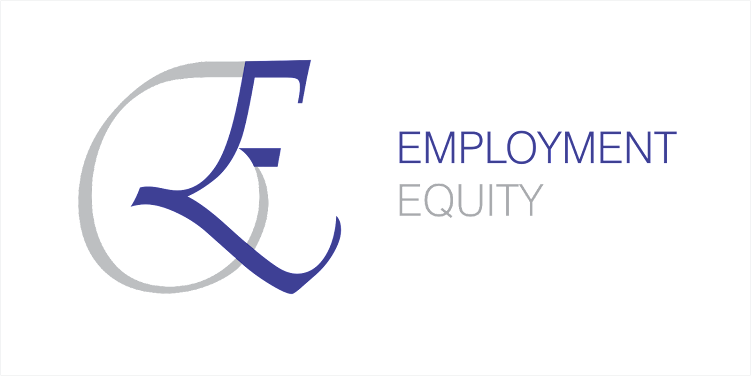Employment equity groups, also known as designated groups, are specific categories of individuals who are identified in employment equity legislation as having been historically disadvantaged in the workplace. Identifying these groups aims to redress past discrimination and promote their equitable representation in all occupational categories and levels in the workforce.
In the context of South Africa's Employment Equity Act, these designated groups include:
- Black people, which includes Africans, Coloureds, and Indians.
- Women, irrespective of their racial group.
- People with disabilities, irrespective of their racial group.
So, if we consider the hypothetical company ACME, under the Employment Equity Act, ACME would be required to implement affirmative action measures to ensure the representation of people from these designated groups in their workforce.
This could involve setting employment equity targets, implementing skills development programmes for employees from designated groups, and creating a workplace culture that values diversity and inclusion.
